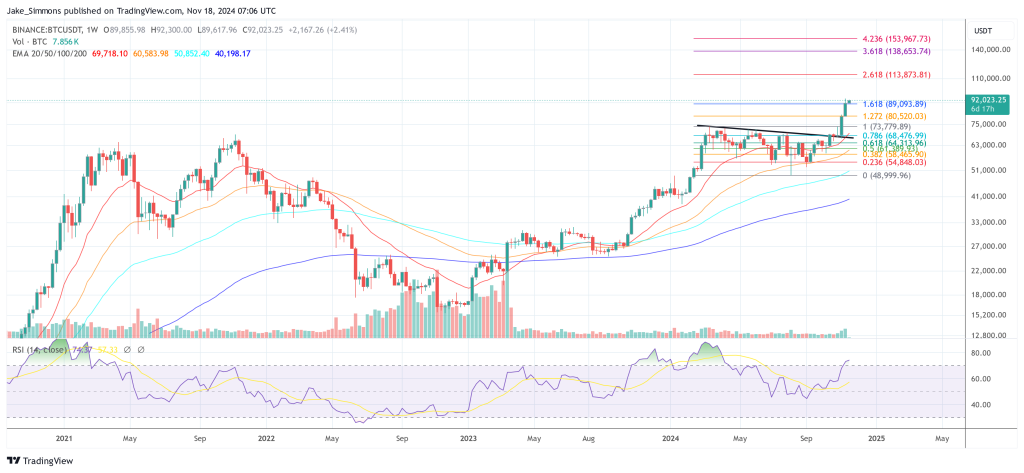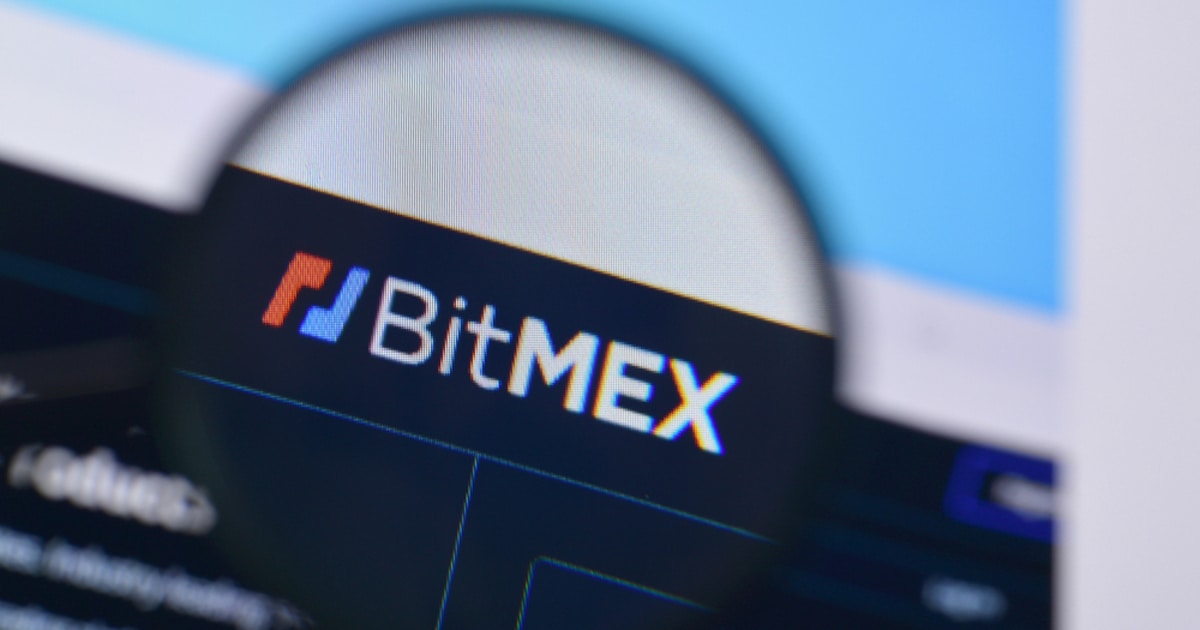
High-frequency trading allows cryptocurrency traders to take advantage of market opportunities that are usually unavailable to regular traders.
Following the decentralized finance (DeFi) boom of 2020, decentralized exchanges (DEXs) solidified their place in the ecosystems of both cryptocurrency and finance. Since DEXs are not as heavily regulated as centralized exchanges, users can list any token they want.
With DEXs, high-frequency traders can make trades on coins before they hit major exchanges. Plus, decentralized exchanges are noncustodial, which implies that creators cannot pull an exit fraud — in theory.
As such, high-frequency trading firms that used to broker unique trading transactions with cryptocurrency exchange operators have turned to decentralized exchanges to conduct business.
What is high-frequency trading in crypto?
High-frequency trading (HFT) is a trading method that uses complex algorithms to analyze large amounts of data and make quick trades. As such, HFT can analyze multiple markets and execute a large volume of orders in a matter of seconds. In the realm of trading, fast execution is often the key to making a profit.
HFT eliminates small bid-ask spreads by making large volumes of trades rapidly. It also allows market participants to take advantage of price changes before they are fully reflected in the order book. As a result, HFT can generate profits even in volatile or illiquid markets.
HFT first emerged in traditional financial markets but has since made its way into the cryptocurrency space owing to infrastructural improvements in crypto exchanges. In the world of cryptocurrency, HFT can be used to trade on DEXs. It is already being used by several high-frequency trading houses such as Jump Trading, DRW, DV Trading and Hehmeyer, the Financial Times reported.
Decentralized exchanges are becoming increasingly popular. They offer many advantages over traditional centralized exchanges (CEXs), such as improved security and privacy. As such, the emergence of HFT strategies in crypto is a natural development.
HFTs’ popularity has also resulted in some crypto trading-focused hedge funds employing algorithmic trading to produce large returns, prompting critics to condemn HFTs for giving larger organizations an edge in crypto trading.
In any case, HFT appears to be here to stay in the world of cryptocurrency trading. With the right infrastructure in place, HFT can be used to generate profits by taking advantage of favorable market conditions in a volatile market.
How does high-frequency trading work on decentralized exchanges?
The basic principle behind HFT is simple: buy low, sell high. To do this, HFT algorithms analyze large amounts of data to identify patterns and trends that can be exploited for profit. For example, an algorithm might identify a particular price trend and then execute a large number of buy or sell orders in quick succession to take advantage of it.
The United States Securities and Exchange Commission does not use a specific definition of high-frequency trading. However, it lists five main aspects of HFT:
Using high-speed and complex programs to generate and execute orders
Reducing potential delays and latencies in the data flow by using colocation services offered by exchanges and other services
Using short time frames to open and close positions
Submitting multiple orders and then canceling them shortly after submission
Reducing exposure to overnight risk by holding positions for very short periods
In a nutshell, HFT uses sophisticated algorithms to continually analyze all cryptocurrencies across multiple exchanges at very high speeds. The speed at which HFT algorithms operate gives them a significant advantage over human traders. They can also trade on multiple exchanges simultaneously and across different asset classes, making them very versatile.
HFT algorithms are built to detect trading triggers and trends not easily observable to the naked eye, especially at speeds required to open a large number of positions simultaneously. Ultimately, the goal with HFT is to be the first in line when new trends are identified by the algorithm.
After a large investor opens a long or short position on a cryptocurrency, for instance, the price usually moves. HFT algorithms exploit these subsequent price movements by trading in the opposite direction, quickly booking a profit.
That said, large cryptocurrency sales are typically harmful to the market because they usually drag prices down. However, when the cryptocurrency rebounds to normal, the algorithms “buy the dip” and exit the positions, allowing the HFT firm or trader to profit from the price movement.
HFT in cryptocurrency is made possible because most digital assets are traded on decentralized exchanges. These exchanges do not have the same centralized infrastructure as traditional exchanges, and as a result, they can offer much faster trading speeds. This is ideal for HFT, as it requires split-second decision-making and execution. In general, high-frequency traders execute numerous trades each second to accumulate modest profits over time and generate a large profit.
What are the top HFT strategies?
Although there are too many types of HFT strategies to list, some of them have been around for a while and aren’t new to experienced investors. The idea of HFT is frequently connected to conventional trading techniques that take advantage of cutting-edge IT capabilities. However, the term HFT can also refer to more fundamental ways of taking advantage of opportunities in the market.
Related: Crypto trading basics: A beginner's guide to cryptocurrency order types
Briefly put, HFT may be considered a strategy in itself. As a result, instead of focusing on HFT as a whole, it’s important to analyze particular trading techniques that employ HFT technologies.
Crypto arbitrage
Crypto arbitrage is the process of making a profit by taking advantage of price differences for the same cryptocurrency on different exchanges. For example, if one Bitcoin (BTC) costs $30,050 on Exchange A and $30,100 on Exchange B, one could buy it on the first exchange and then immediately sell it on the second exchange for a quick profit.

Crypto traders who profit from these market inconsistencies are called arbitrageurs. Using efficient HFT algorithms, they can take advantage of discrepancies before anyone else. In doing so, they help stabilize markets by balancing prices.
HFT is highly beneficial to arbitrageurs because the window of opportunity for conducting arbitrage strategies is usually very small (less than a second). To rapidly seize short-term market opportunities, HFTs rely on robust computer systems that can scan the markets quickly. In addition, HFT platforms not only discover arbitrage opportunities but can also make trades up to hundreds of times faster than a human trader.
Market making
Another common HFT strategy is market making. This involves placing buy and sell orders for a security at the same time and profiting from the bid-ask spread—the difference between the price you’re willing to pay for an asset (ask price) and the price at which you’re willing to sell it (bid price).
Large companies called market makers provide liquidity and good order in a market and are well-known in conventional trading. Market makers can also be linked to a cryptocurrency exchange to guarantee market quality. On the other hand, market makers that do not have any agreements with exchange platforms also exist—their aim is to use their algorithms and profit from the spread.

Market makers are constantly buying and selling cryptocurrencies and setting their bid-ask spreads so that they make a small profit on each trade. They may, for example, buy Bitcoin at $37,100 (the ask price) from someone wanting to sell their Bitcoin holdings and offer to sell it at $37,102 (the bid price).
The $2.00 difference between the bid and ask prices is called the spread, and it’s mainly how market makers earn money. And, while the difference between the ask and bid price might seem insignificant, day trading in volumes can result in a significant chunk of profit.
The spread ensures that the market maker is compensated for the inherited risk that accompanies such trades. Market makers provide liquidity to the market and make it easier for buyers and sellers to trade at fair prices.
Short-term opportunities
High-frequency trading is not intended for swing traders and buy-and-holders. Instead, it’s employed by speculators wanting to wager on short-term price fluctuations. As such, high-frequency traders move so quickly that the price might not have time to adjust before they act again.
For instance, when a whale dumps cryptocurrency, its price will typically drop for a short time before the market adjusts to meet the supply-demand balance. Most manual traders will lose out on this dip because it may only last for minutes (or even seconds), but high-frequency traders can capitalize on it. They have the time to let their algorithms work, knowing the market will eventually stabilize.
Volume trading
Another common HFT strategy is volume trading. This involves tracking the number of shares traded in a given period and then making trades accordingly. The logic behind this is that as the number of shares traded increases, so does the market’s liquidity, making it easier to buy or sell a large number of shares without moving the market too much.
Related: On-chain volume vs. Trading volume: Differences explained
To put it simply, volume trading is all about taking advantage of the market’s liquidity.
High-frequency trading allows traders to execute a large number of transactions quickly and profit from even the smallest market fluctuations.
Purchase a licence for this article. Powered by SharpShark.

You can get bonuses upto $100 FREE BONUS when you:
💰 Install these recommended apps:
💲 SocialGood - 100% Crypto Back on Everyday Shopping
💲 xPortal - The DeFi For The Next Billion
💲 CryptoTab Browser - Lightweight, fast, and ready to mine!
💰 Register on these recommended exchanges:
🟡 Binance🟡 Bitfinex🟡 Bitmart🟡 Bittrex🟡 Bitget
🟡 CoinEx🟡 Crypto.com🟡 Gate.io🟡 Huobi🟡 Kucoin.


















Comments